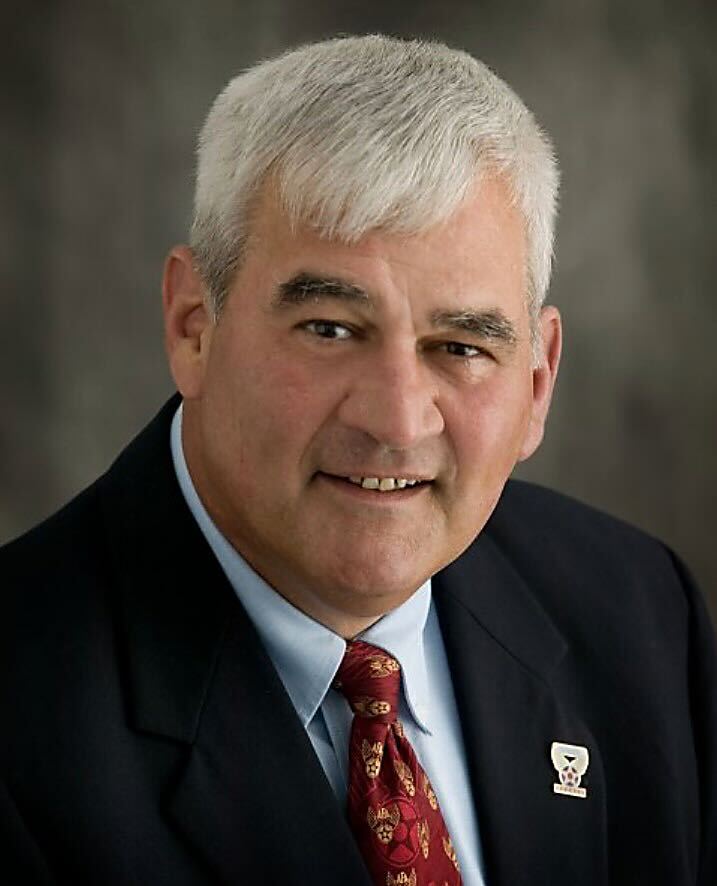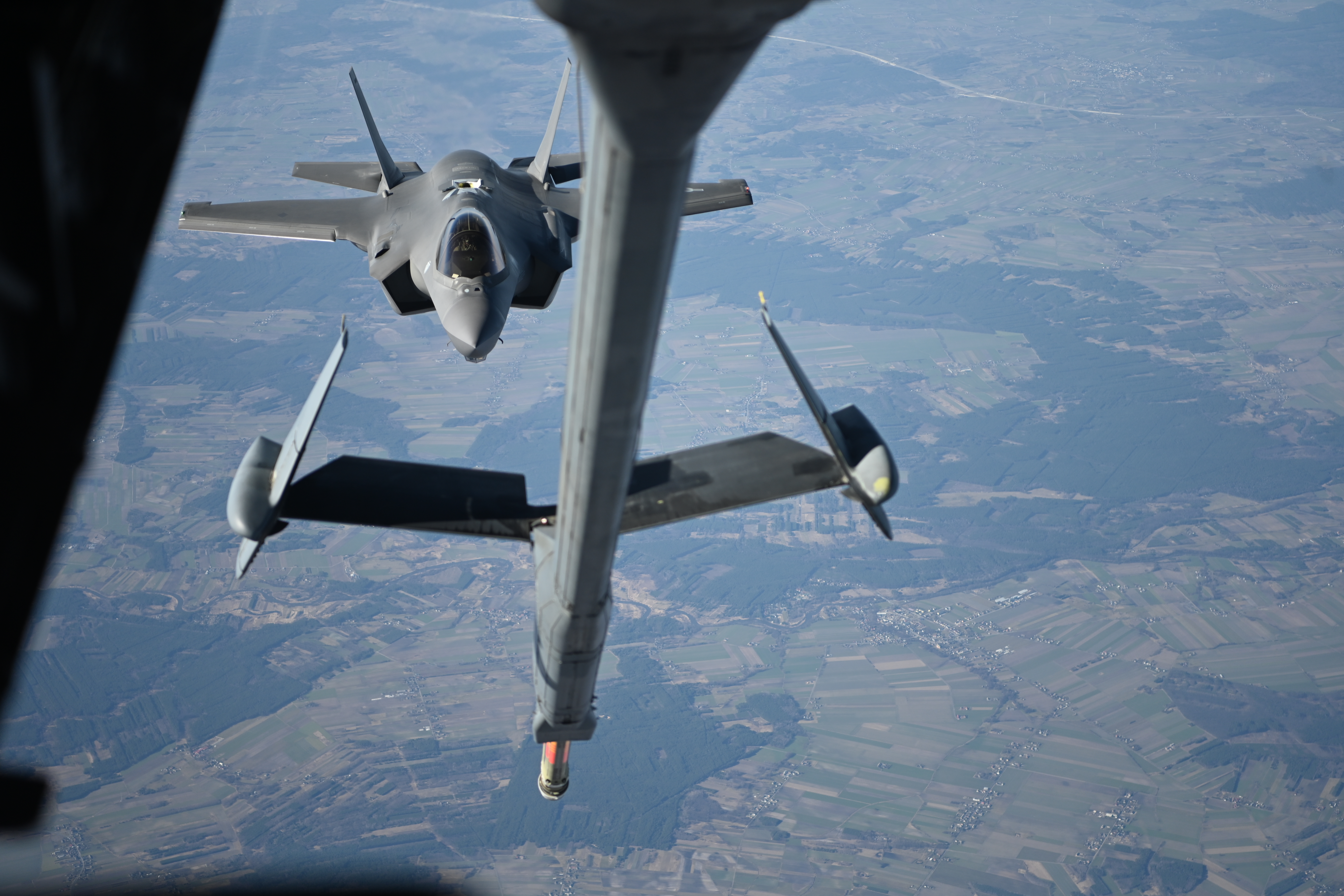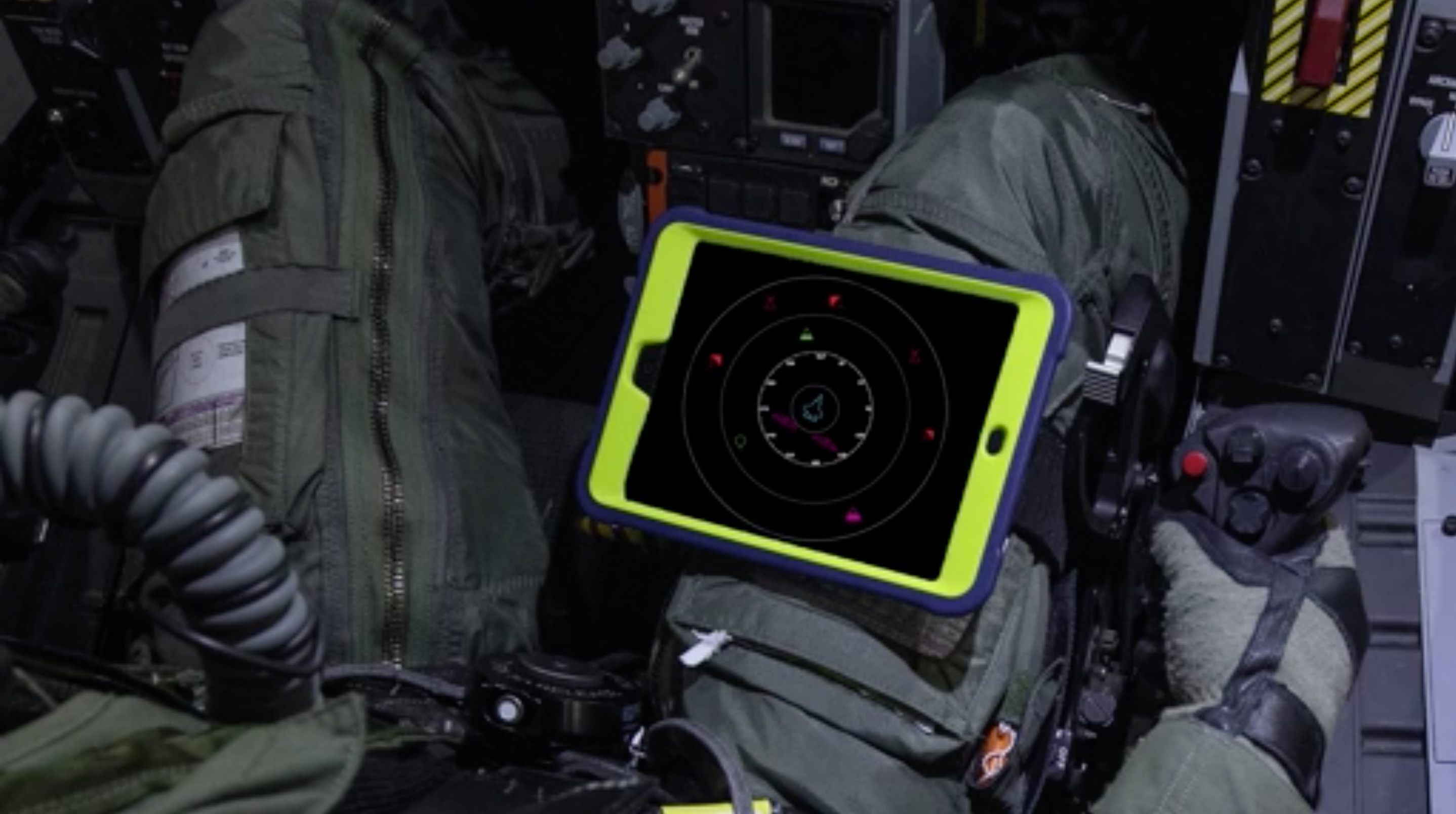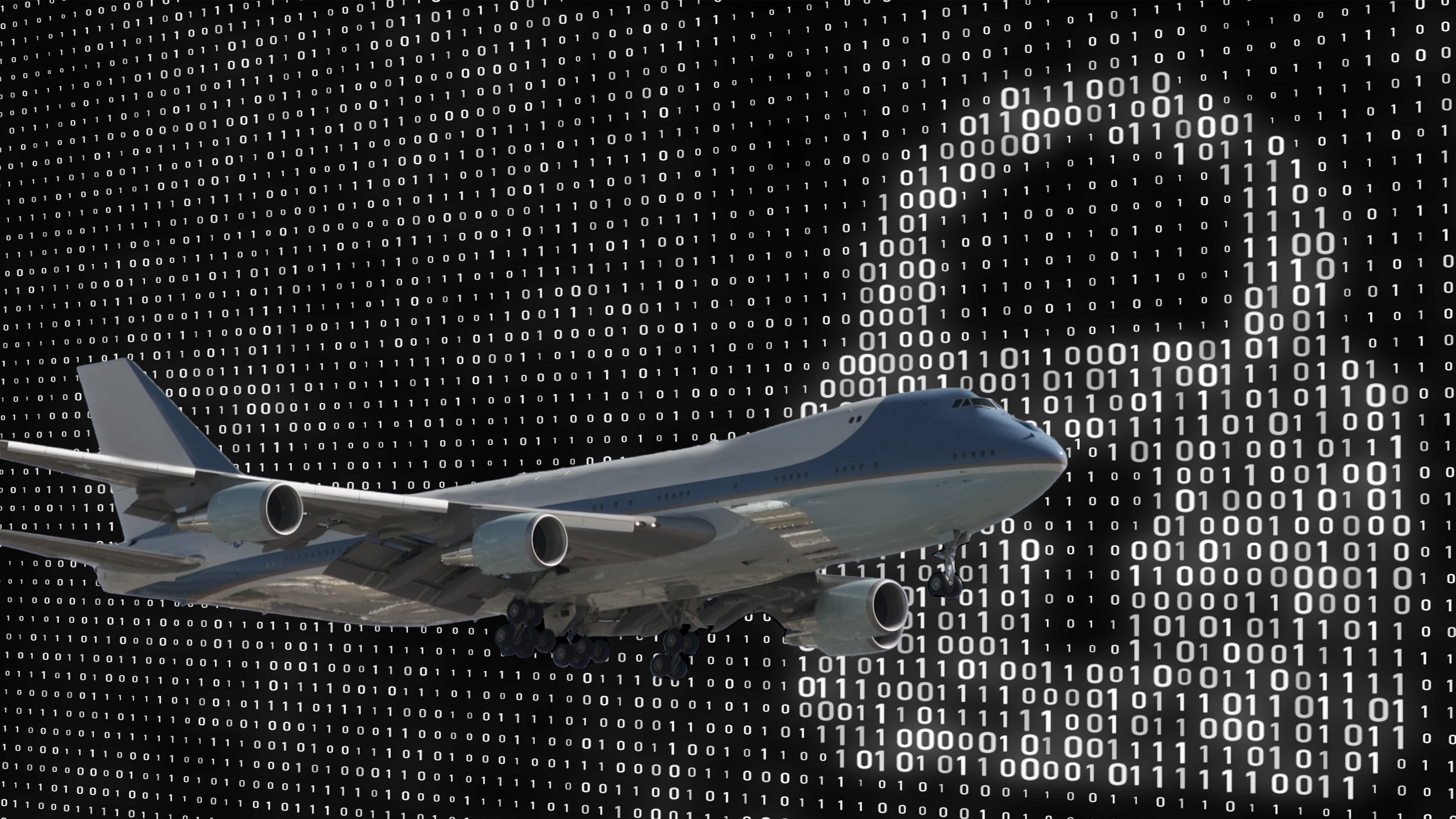It’s been more than five months since Chief of Space Operations Gen. John W. “Jay” Raymond unveiled the Space Force’s first prototype service dress uniforms to the world at the Air Force Association’s Air, Space & Cyber Conference.
Since then, members of the Air Force Uniform Office have been busy entering what director Tracy Roan called a “true development cycle,” making subtle tweaks, correcting fits, and incorporating Guardians’ feedback.
Still, it will likely be quite some time before the uniform is officially rolled out, Roan told Air Force Magazine in an interview.
Supply chain issues have hit multiple branches of the military hard, leading to uniform shortages for the Air Force and Coast Guard. And they have “definitely hindered” Roan’s office as it tries to move forward with the Space Force uniform, she said, noting her team isn’t even slated to receive fabric for test assets until “late summer.”
As a result, the process of actually getting the uniform to Guardians is taking “much longer than we would like,” Roan said, declining to estimate a timeline for when that might happen.
Design Tweaks
The Space Force acknowledged that criticism, tweeting in October, “We heard your feedback. New pants, new fit coming soon.”
Roan heard the feedback too, and she credited the poor fit to several factors, including fabric that has more stretch and drapes differently compared to other military pants. The Uniform Office is now looking to “make sure that the pattern coincides with the fabric needs,” she said.
“Truly the basis of this is everything was accelerated: the fit, the samples were made, I believe the model lost some weight right prior to the introduction,” Roan added. “There really just wasn’t a lot of time to make sure that all those details were addressed or even known prior to her really being in front of the public, and I would say as much as anything, in the position that you stand at attention is probably not super flattering for most people, really. So it just kind of was a perfect storm.”
In addition to the pants, Roan said her office is also making adjustments to another element: the collar.
“The original collar on the prototypes unveiled had a very wide opening that revealed a lot of the dress shirt underneath,” Roan said. “We’ve closed that up some. It still is open, you still see the shirt, it’s just not as wide. I think actually, it looks more flattering because the … wider opening actually widens someone’s neck. So I think this new shape is a little more flattering. And it’s just a really, truly simple fix.”
Since the Space Force unveiled the prototypes, the service has conducted six “roadshow”-style events, where Guardians have been able to examine the uniform up-close and in-person. The response from these events has been mostly positive, Roan said, with many Guardians expressing appreciation for the fabric used. “They’re unique from our current Air Force fabric or some of the other services’ fabric in that they actually have stretch built in, so hopefully the comfort will be enhanced because of that,” Roan said.
Still to Come
In addition to the feedback on the prototypes, the Space Force has also been seeking input from Guardians on the covers that should accompany the uniform—the models at ASC weren’t wearing any.
“Right now we are utilizing a variation of the Air Force garrison cap. But I would say it’s kind of in a TBD stage as we work through the comments and feedback,” said Roan, adding that her office is also considering a billed cap similar to the Air Force’s service cap, sometimes referred to as the bus driver cap.
There are other uniform items also still in the works.
We’re “determining what other items are needed—sweaters, there’s a lightweight jacket, some other things like that,” Roan said.

In the Meantime
In a recent video update sent to Guardians, Chief Master Sergeant of the Space Force Roger A. Towberman announced that the service would be making subtle tweaks to the Air Force dress uniform while it waited for its own version, aiming to “space it up a little bit,” he said.
Roan confirmed those changes as relatively minor in nature, focused on the new insignia being rolled out, buttons, and nameplates.
Despite these changes, though, the plan for a completely distinct dress uniform is not being abandoned, and Roan indicated the prototypes won’t be overhauled or scrapped.
“It’s mostly what was seen, just with some finessing of fit, that sort of thing,” she said.
One uniform element that isn’t set to change is the use of the operational camouflage pattern uniform as the service’s duty uniform, Roan confirmed.
PT Gear
Overshadowed somewhat by the debut of the service dress prototypes, the Space Force also announced in September that it was wear-testing its new PT gear—black shorts with a version of the service’s delta logo in white and a gray T-shirt bearing the stylized words “Space Force” in white on the back.
That uniform set continues to progress through the Pentagon’s approval process, Roan said. It is currently in front of the Defense Logistics Agency “for the initial contracting, moving to the production phase.”
Roan declined to provide an estimate for when the PT uniform would be officially rolled out. The Air Force is also working to roll out its own new PT uniform, and Roan indicated that process is reaching its latter stages, with a procurement contract set to be awarded in May.









